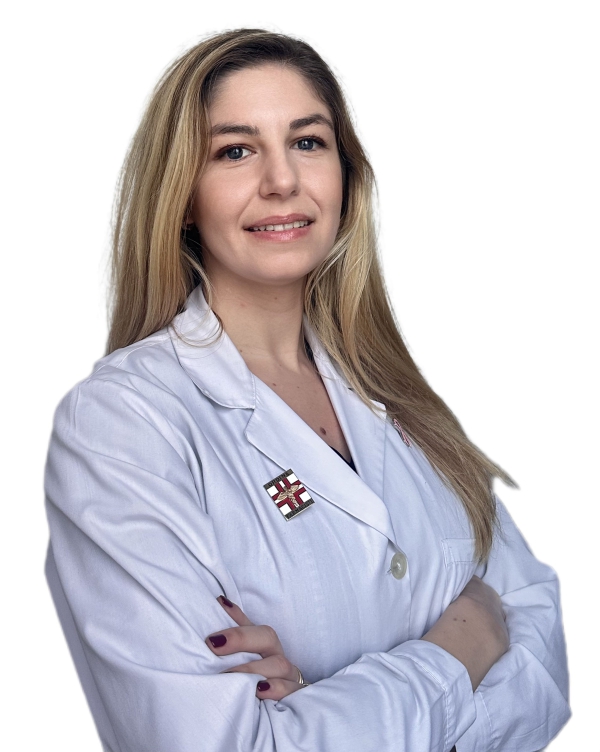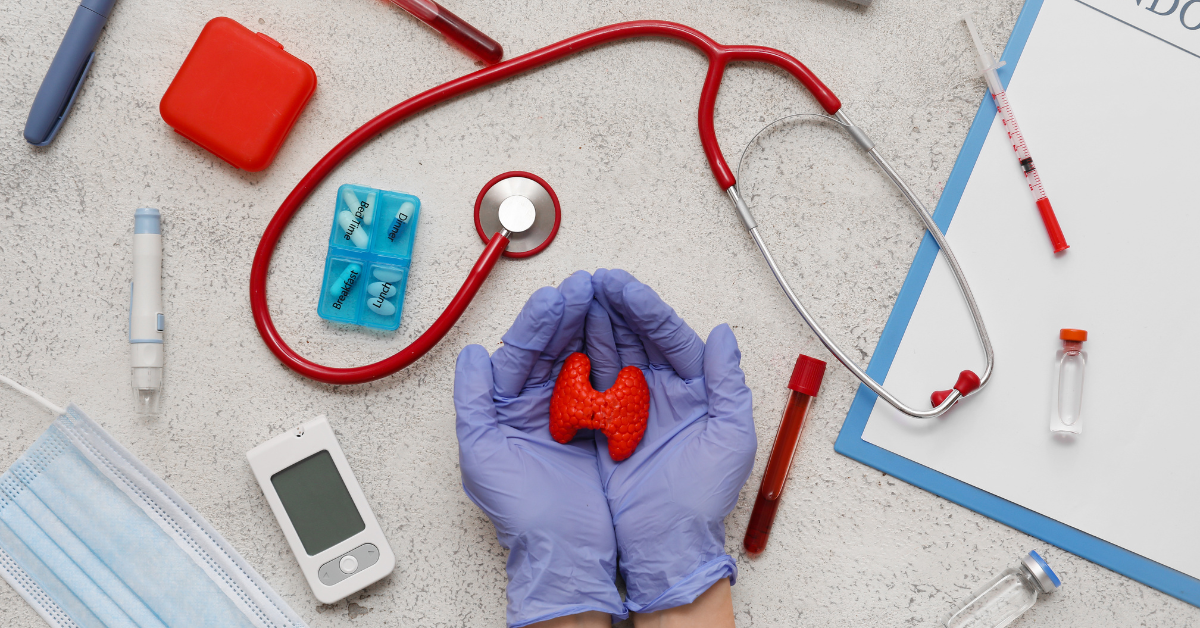Polycystic ovary syndrome (PCOS) is a complex endocrine condition that affects approximately 10–20% of women of reproductive age worldwide. It involves a web of hormones that, when imbalanced, impact the menstrual cycle, skin, ovulation, and even metabolic health. Understanding the role of each hormone is essential for effective clinical management.
In this article, we aim to clearly and accessibly explain the role of the main hormones involved in PCOS, helping you better understand your body and approach the syndrome with greater awareness.
- Androgens: the “male” hormones out of place
- Insulin: when it becomes an unwanted accomplice
- LH and FSH: the teamwork that doesn’t work
- Progesterone: the great missing player
- Estrogens: present, but not always at the right time
- Melatonin, Leptin, and Ghrelin: the link with metabolism and sleep
- AMH: the hormone that reveals ovarian reserve
- Conclusions
-
Androgens: the “male” hormones out of place
Androgens: the “male” hormones out of balance Hyperandrogenism is one of the distinctive features of Polycystic Ovary Syndrome (PCOS). In PCOS, there is often an increase in androgens such as testosterone, androstenedione, and dehydroepiandrosterone sulfate (DHEA-S). This can manifest as acne, excessive hair growth (hirsutism), or male-pattern hair loss (androgenic alopecia). Additionally, high androgen levels can prevent proper ovarian follicle maturation, blocking ovulation (anovulation) and leading to infertility. [1]
If you want to explore the causes and symptoms related to Polycystic Ovary Syndrome, you can find more information in the article
Polycystic Ovary Syndrome (PCOS): Common Symptoms and How to Recognize Them Early.
-
Insulin: when it becomes an unwanted accomplice
Insulin resistance is common in women with PCOS, regardless of body weight. In these women, insulin has a harder time “working,” and the body produces more of it. This excess stimulates the ovaries to produce even more androgens and reduces the synthesis of sex hormone-binding globulin (SHBG, a protein that binds testosterone in the blood), increasing free testosterone and, consequently, symptoms. Studies show that genetic and epigenetic factors, as well as obesity, can worsen insulin resistance. This vicious cycle aggravates hyperandrogenism and contributes to metabolic disorders such as type 2 diabetes. [2]
-
LH and FSH: the teamwork that doesn’t work
Normally, LH (luteinizing hormone) and FSH (follicle-stimulating hormone) work together to mature ovarian follicles. In women with PCOS, however, the LH/FSH ratio (gonadotropins) is often imbalanced: LH is too high relative to FSH. This imbalance promotes androgen production by ovarian theca cells and hinders follicular maturation, contributing to blocked ovulation.
A study highlighted the hormonal imbalances of insulin, LH, and testosterone in PCOS. [3]
-
Progesterone: the great absent
The cause of anovulation and miscarriage in women with PCOS is not yet fully understood. THowever, it is known that due to chronic anovulation, women with PCOS have reduced levels of progesterone, the hormone that regulates the menstrual cycle and “protects” the endometrium.
Its absence leads to irregular cycles, scant or heavy menstruation, and an increased risk of uterine lining thickening (endometrial hyperplasia), as the endometrium is exposed to persistently high levels of estrogen without the opposing effect of progesterone. [4] -
Estrogens: present, but not always at the right time
Despite anovulation, women with PCOS can have normal or elevated levels of estrogens, mainly in the form of estrone, due to the conversion of androgens into estrogens in adipose tissue.
This can create an imbalance, worsening menstrual irregularities and increasing the risk of uterine issues, further contributing to endometrial hyperplasia and raising the risk of endometrial cancer. [5] -
Melatonin, Leptin, and Ghrelin: the link with metabolism and sleep
Recent studies show that even less “well-known” hormones such as melatonin, leptin, and ghrelin play a role in PCOS.
Melatonin, besides regulating sleep and the circadian rhythm, can influence oxidative stress modulation and oocyte quality.
Leptin and ghrelin, involved in regulating appetite and energy metabolism, are often altered, contributing to difficulties in weight management. Leptin levels can be elevated, indicating potential leptin resistance, while ghrelin tends to be reduced, negatively affecting satiety. -
AMH: the hormone that reveals ovarian reserve
Anti-Müllerian Hormone (AMH) is often elevated in women with PCOS because there are many small follicles that fail to mature. AMH is produced by antral and pre-antral follicles and reflects ovarian reserve.
High AMH levels are associated with an increased number of small follicles and reduced sensitivity to FSH, contributing to anovulation.
AMH is currently being studied as a potential diagnostic marker for PCOS, both for diagnosis and for monitoring treatment response. -
Conclusions
PCOS is not just an “ovarian problem”: it is a systemic syndrome in which hormones communicate (or fail to communicate) with each other in a disordered way. The interaction between various hormones contributes to its pathogenesis and clinical manifestations. Understanding these mechanisms is the first step toward managing the syndrome consciously, with the support of professionals, targeted treatments, and a lifestyle tailored to you.
At ArmoDonna, we aim to provide practical tools, empathy, and science-based information to help you live your femininity better, even with PCOS.
We all know that PCOS cannot be cured; it is a condition we must learn to live with. Fortunately, science is on our side. With the right support, proper supplementation, and the right dietary and lifestyle adjustments, it is possible to alleviate and manage its symptoms, improving not only physical health but also psychological well-being.
From our desire to help as many women as possible, and based on our personal involvement, we decided to create a product that is not just the usual supplement with the same old active ingredients, seen and reviewed countless times. It is 100% made in Italy, complete, and designed to make us, and all women, feel beautiful and good!
Share this article with the women you care about! You might help them more than you think!Let’s grow this community and support each other.
With Love,
Dr. Elena Torghele
If you’re looking for practical advice on managing PCOS, endometriosis, or other chronic female conditions, follow us on Instagram and TikTok and subscribe to our newsletter for exclusive content and support!


